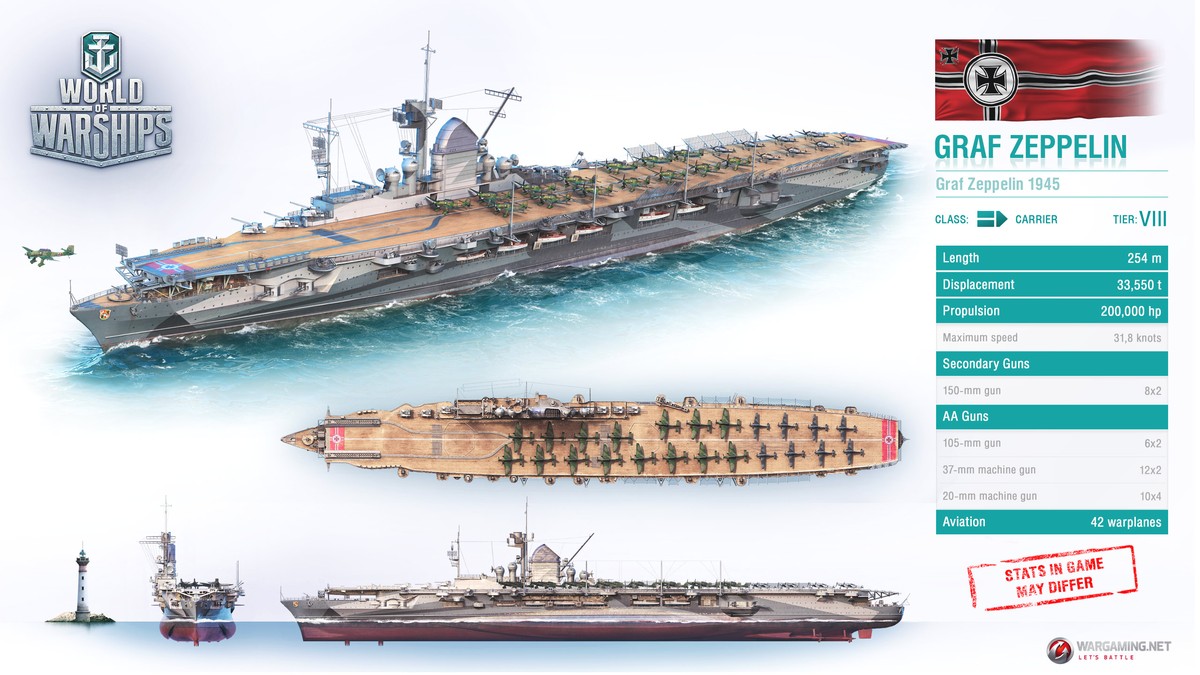

The commission that began work on the division of the fleet ended its work on. The rest of the fleet will be destroyed." One of the provisions was: "The surface ships of the German fleet capable of further service, including ships which can be put into a state of use at short notice, together with 30 submarines, will be equally divided between the three powers. Shortly after the surrender was signed, the Conference of the Victorious Powers ( Potsdam Conference) took place on. To repair the ship would need enormous sums of money, and to retard the whole affair it was decided to sink the ship." Given the methods in the Soviet armed forces, this report was certainly fabricated. It was recovered, but the damage proved very severe: machinery fell out of its stowage, the aircraft elevators destroyed firefighting equipment. Due to the poor distribution of the cargo, the aircraft carrier capsized. Baltic Fleet sailors literally claimed: "In 1946, while the ship was being prepared for towing to Leningrad, the commander of the rear detachment came to the command room and ordered additional loading of tanks and other heavy items onto the main deck and into the hangars. The version about the capsizing of the ship was indeed published. Another version spoke of the ship capsizing with stolen valuables and a third version spoke of a practice target.

One version said that the ship was towed to Leningrad in 1947, but in the Gulf of Finland it struck a mine while being towed and capsized. However, there were disputes about its further fate. Before that, however, the Germans managed to destroy the machinery, and the ship was towed away.

The German aircraft carrier was captured by Soviet troops on May 24, 1945. PEJČOCH, Ivo - NOVÁK, Zdeněk - HÁJEK, Tomáš: Válečné lodě Druhá světová válka (1. Name origin: Ferdinand Adolf Heinrich August Graf von Zeppelin Původ jména: Ferdinand Adolf Heinrich August Graf von ZeppelinĭD.03.1946: salvaged and refloated by Soviets


 0 kommentar(er)
0 kommentar(er)
